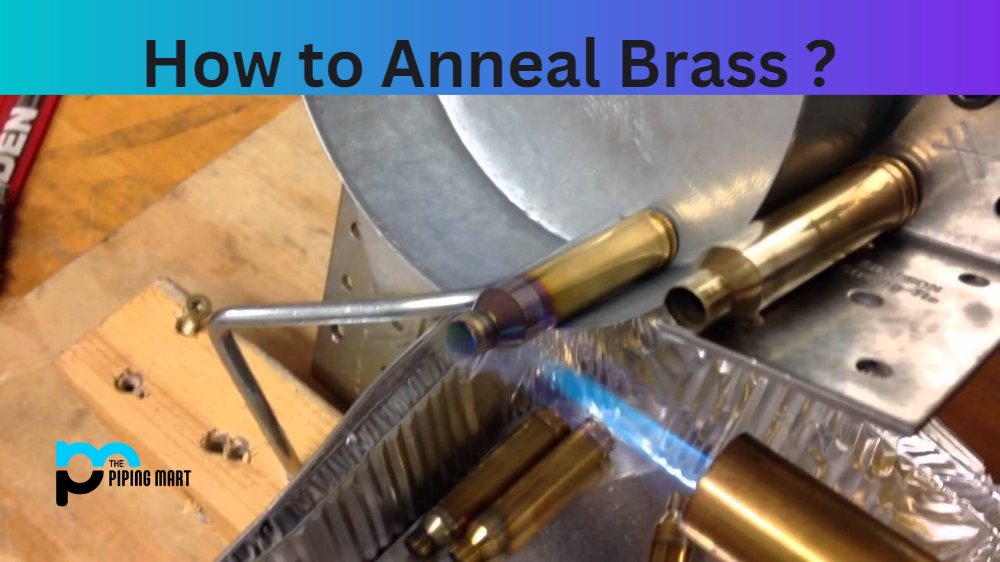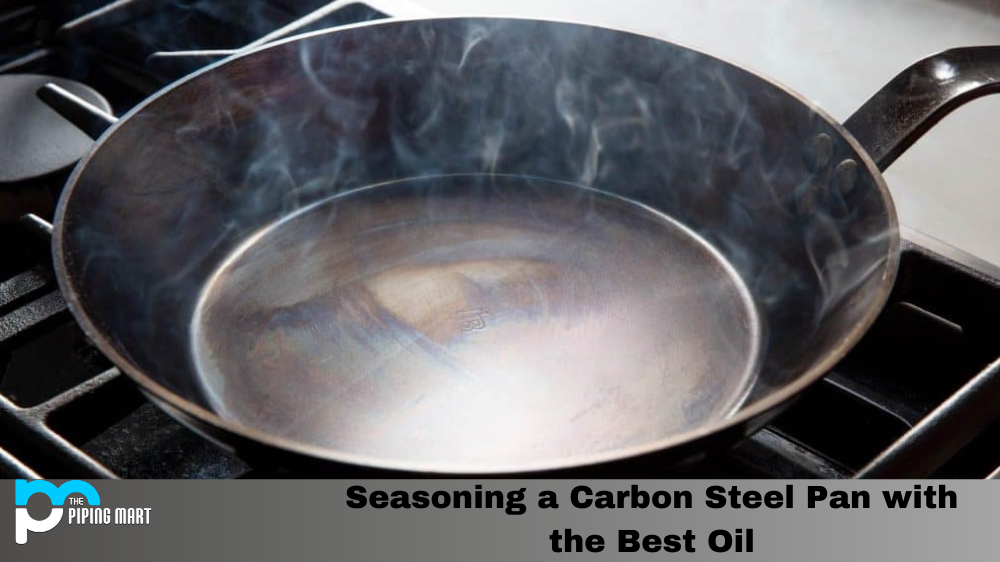If you’re looking for a steel that is both strong and ductile, 1045 steel and 1018 steel are two of the best options. They are both popular metals used in a variety of applications. However, some key differences between the two could affect your decision-making process. Let’s take a look at what sets 1045 steel and 1018 steel apart.
Difference Between 1045 Steel and 1018 Steel
Carbon Content
Their carbon content is the first thing that sets 1045 and 1018 steel apart. 1045 steel has 0.45% carbon, while 1018 is slightly higher with 0.18%. While this may not seem like much, it can actually have a huge impact on the strength of the metal. As carbon content increases, so does tensile strength—the measure of how much force the metal can withstand before breaking or deforming under stress. In other words, 1045 steel is stronger than 1018 because it has more carbon in its composition.
Machinability
Another important difference between 1045 steel and 1018 lies in their machinability—or how easy it is to cut into shape using machine tools such as lathes and CNC machines. In general, 1045 is slightly harder than 1018, making it more difficult to work with and more durable in the long run. On the other hand, 1018 is much easier to shape but won’t last as long under high-stress applications due to its lower carbon content.
Applications
Now that we know a bit about their differences in carbon content and machinability, let’s look at what type of applications they are best suited for. Due to its higher strength, 1045 is often used for parts that require greater durability, such as shafts or gears, while 1018 tends to be used for more general-purpose applications like cold rolled bars or tubes.
- 1045 steel is a medium-carbon steel with better mechanical properties than 1018 steel.
- 1045 steel can be heat-treated to achieve a higher hardness, making it ideal for applications that require wear resistance.
- 1018 steel is a low-carbon steel that offers good weldability and machinability.
- 1018 steel is often used for applications that do not require the strength of 1045 steel.
- 1045 steel is more expensive than 1018 steel.
- 1045 steel is more challenging to weld than 1018 steel.
Conclusion:
When deciding between 1045 steel and 1018 steel, it’s essential to consider their key differences, including carbon content, machinability, and optimal applications. By understanding these distinctions, you can decide which type of metal will best meet your needs for any particular project or application. Both types of steel offer unique qualities that make them ideal for different uses, so make sure you do your research before deciding which one is right for you!

A passionate metal industry expert and blogger. With over 5 years of experience in the field, Palak brings a wealth of knowledge and insight to her writing. Whether discussing the latest trends in the metal industry or sharing tips, she is dedicated to helping others succeed in the metal industry.




